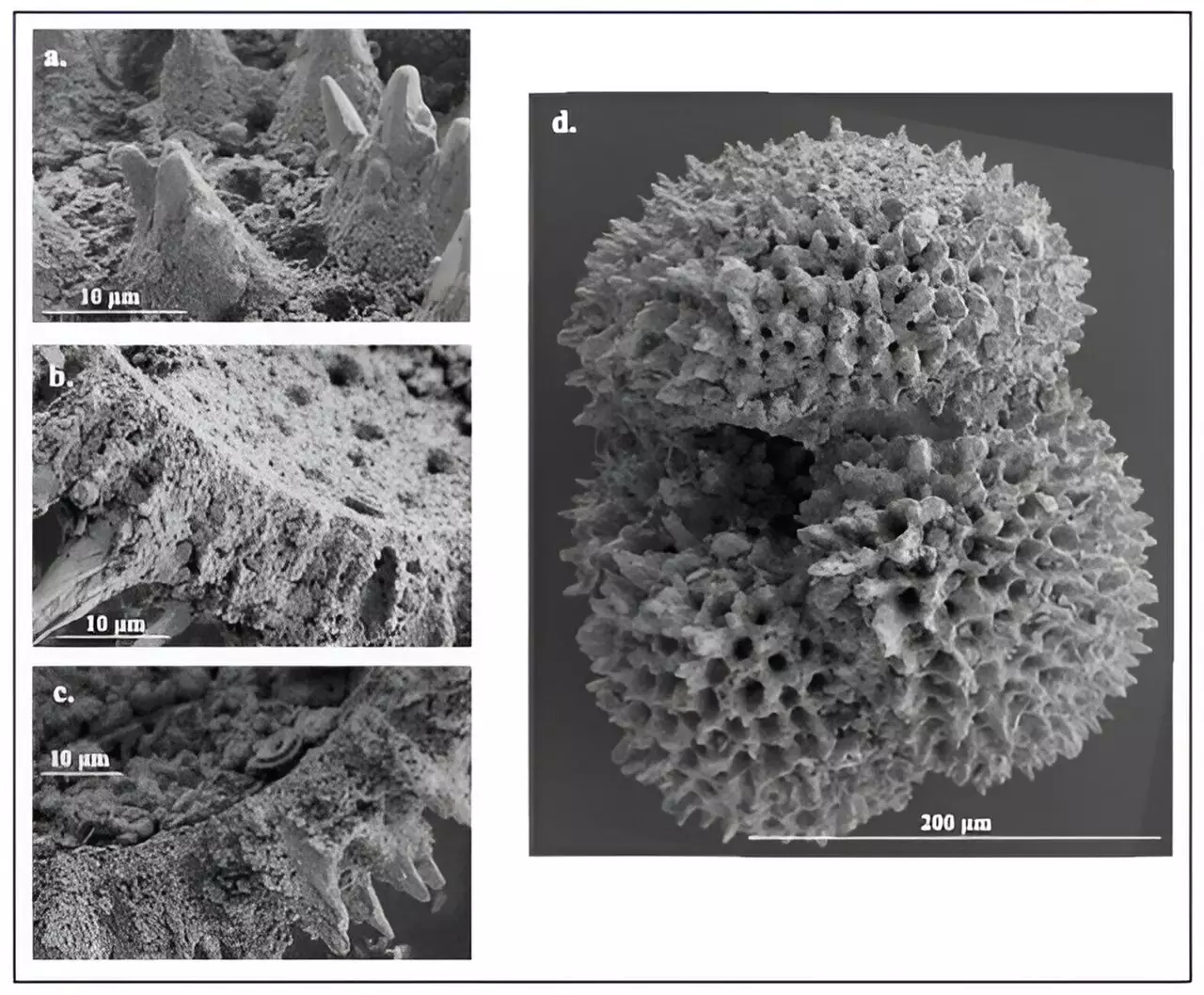In exploring the history of Earth’s climate, a pivotal period emerges: the transition from the Paleocene to the Eocene epochs, occurring approximately 59 to 51 million years ago. This era is marked by significant warming due to the release of vast amounts of greenhouse gases, setting a complex stage for future climate studies. New research led by geoscientists at the University of Utah dives into this prehistoric climate narrative, correlating sea surface temperatures with atmospheric carbon dioxide (CO2) levels to draw parallels to humankind’s current carbon emissions crisis. This exploration not only enhances our understanding of ancient climate events but also provides crucial insights into the potential consequences of today’s rapid climate changes.
The ancient warming events, identified as hyperthermals, represent periods of dramatic temperature increases that bear striking similarities to contemporary climate change. Among these significant warming events were the Paleocene-Eocene Thermal Maximum (PETM) and Eocene Thermal Maximum 2 (ETM-2). Detailing the dynamics of these epochs involves investigating various factors, primarily the role of greenhouse gases and tectonic activity. As reported in findings published in the *Proceedings of the National Academy of Sciences*, it becomes apparent that the interplay between high atmospheric CO2 concentrations and rising temperatures is not only historical but also pertinent to our present realities.
Research led by postdoctoral researcher Dustin Harper highlights the urgency of understanding these ancient carbon release events. The geological shifts during these epochs could serve as analogs for predicting future climatic outcomes—a vital endeavor given the unprecedented rates of greenhouse gas emissions in modern times. These emissions are estimated to be four to ten times faster than those recorded during ancient hyperthermal episodes, underscoring an urgent need for projection models that adequately reflect these historical patterns.
To piece together the climate narrative of the PETM and ETM-2, the research team employed a unique approach utilizing microscopic fossils, specifically the foramina of foraminifera. These shelled organisms, akin to modern plankton, offer invaluable records of ancient ocean conditions. By extracting sediment cores from the Shatsky Rise in the North Pacific, the scientists laid the groundwork for establishing a chronological temperature and CO2 profile over a span of six million years.
Employing advanced statistical models, the team was able to translate boron isotopes found within the foraminifera’s shells into oceanic and atmospheric CO2 levels. This innovative methodology demonstrated how key insights can be derived from fossilized remnants, ultimately linking past climatic conditions to present and future climate scenarios. As stated by Harper, this research aims to provide a comprehensive understanding of how CO2 levels influenced global temperatures during these critically warm epochs.
One of the striking aspects of the research is the examination of climate sensitivity to increasing CO2 levels during historical warming events. Co-author Gabriel Bowen points out that while the sensitivity of the climate varies, a consistent pattern emerges: additional CO2 invariably leads to elevated global temperatures. Understanding this sensitivity is crucial, as it equips climate scientists with the tools to forecast how current escalating CO2 levels could affect our climate system in the future.
The implications of this sensitivity analysis extend beyond mere academic curiosity; they offer practical insight into climate modeling and future projections. By comparing conditions of the past with today’s rapid emissions trajectory, researchers can form predictive models that better quantify the potential ramifications of sustained greenhouse gas release, thereby aiding policymakers in assessing urgent climate action requirements.
Lessons for the Future: What Ancient Warming Teaches Us
The findings from this research carry profound implications for understanding our current climate crisis. As the Earth operates under conditions similar to those seen during the PETM and ETM-2, the lessons gleaned from these ancient climate events can provide a sobering perspective on potential future outcomes. The fossil record not only reveals the extent of warming and its associated impacts on marine and terrestrial life but also helps frame our responses to human-induced climate change.
Identifying these prehistoric analogs compels scientists to ask critical questions: What were the long-term effects of such vast carbon releases? How did ecosystems adapt or succumb to these rapid changes? Addressing these inquiries will illuminate the path forward as society grapples with the consequences of climate change today—a challenge that will define the future trajectory of our planet for generations to come.
Studying the Paleocene-Eocene epochs offers more than just a window into Earth’s climatic past; it establishes a critical framework for understanding present-day environmental challenges and informs future projections. With this fundamental understanding, researchers can better anticipate the environmental shifts that may arise from our current trajectory of carbon emissions. Ultimately, the ancient climate lessons serve as both a warning and a guide, emphasizing the urgency of addressing climate change proactively and comprehensively.

